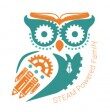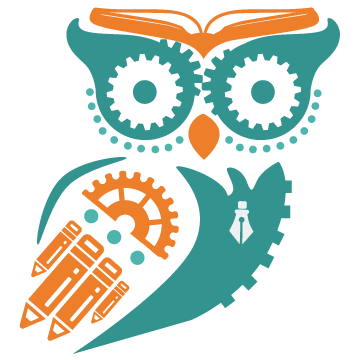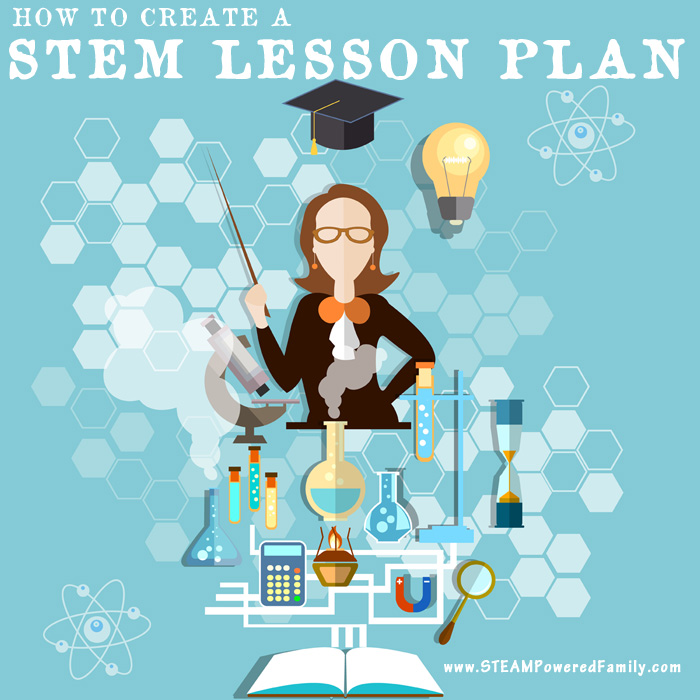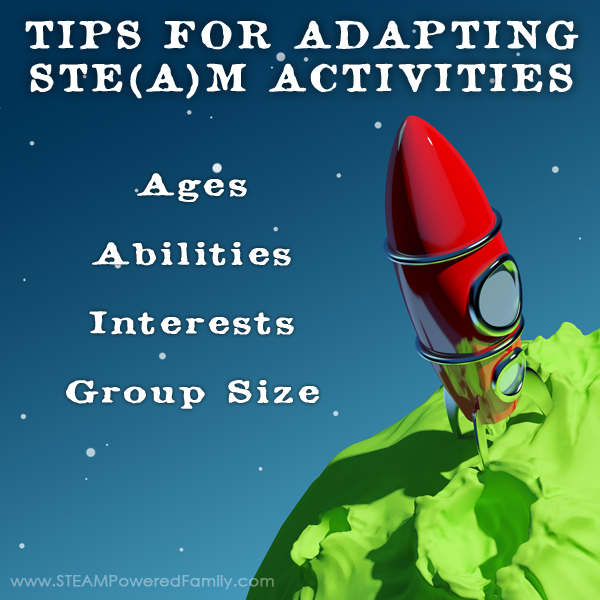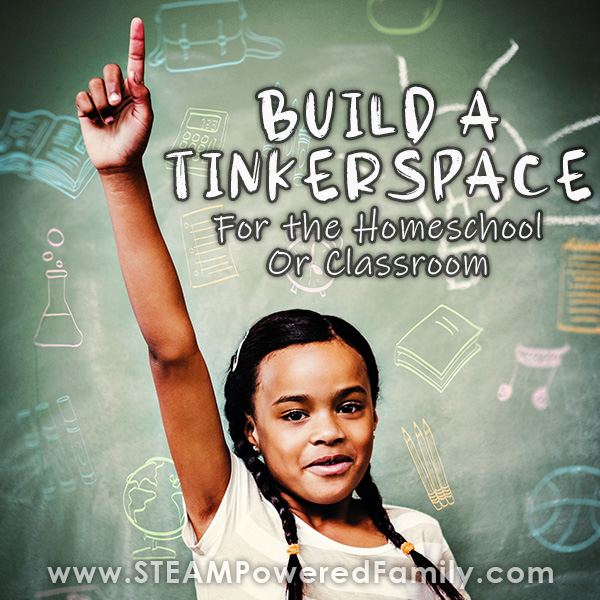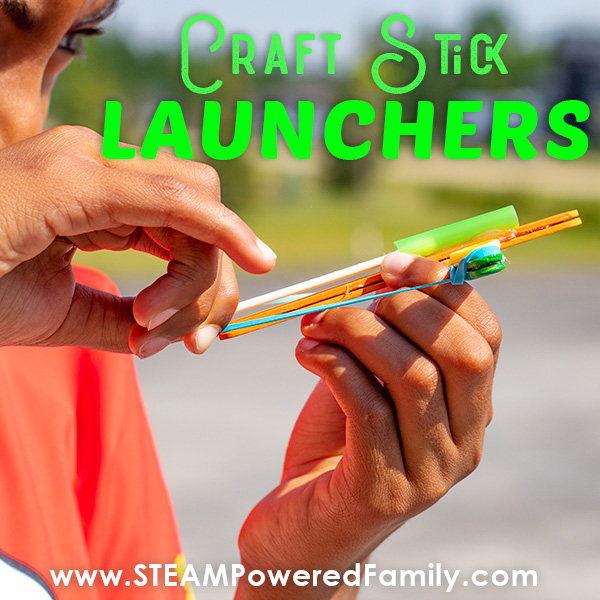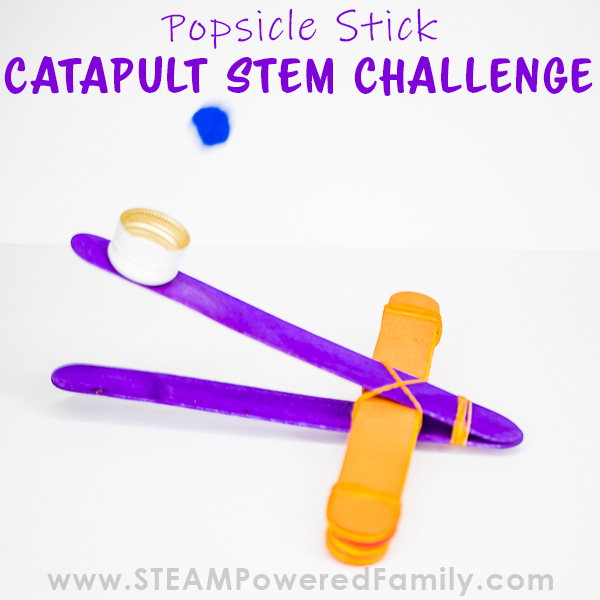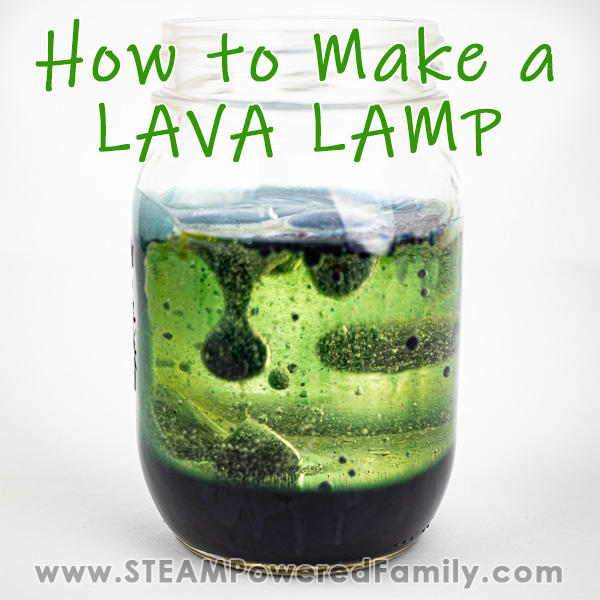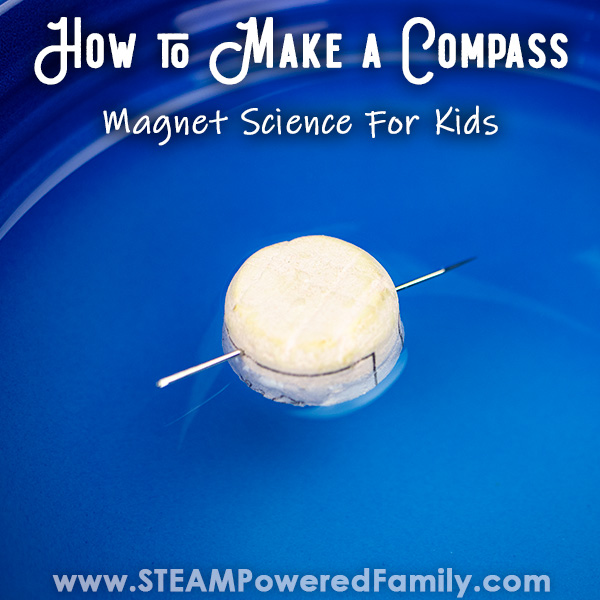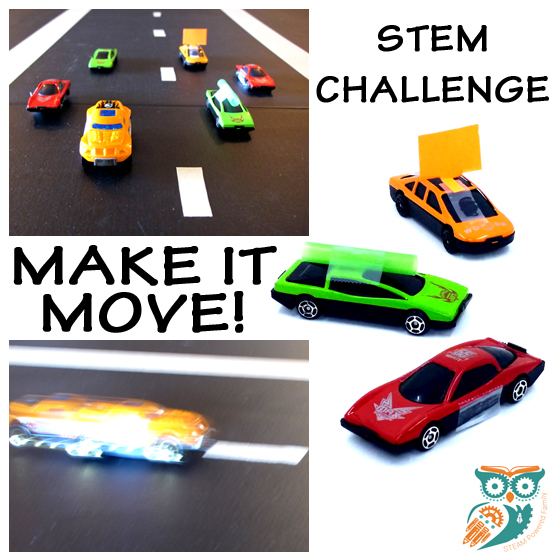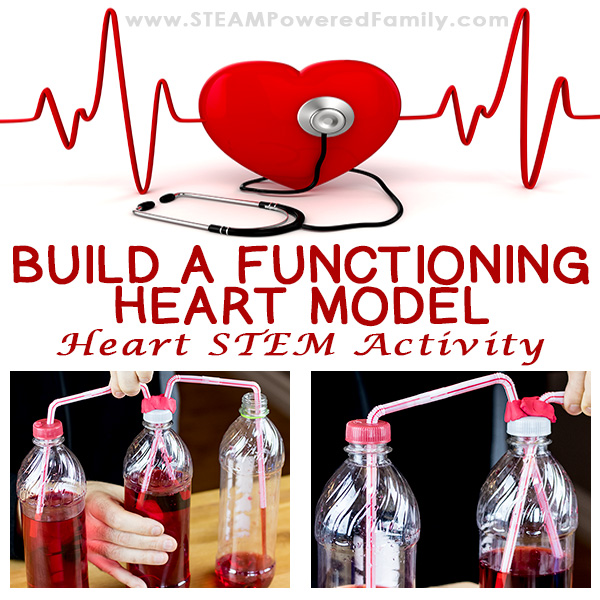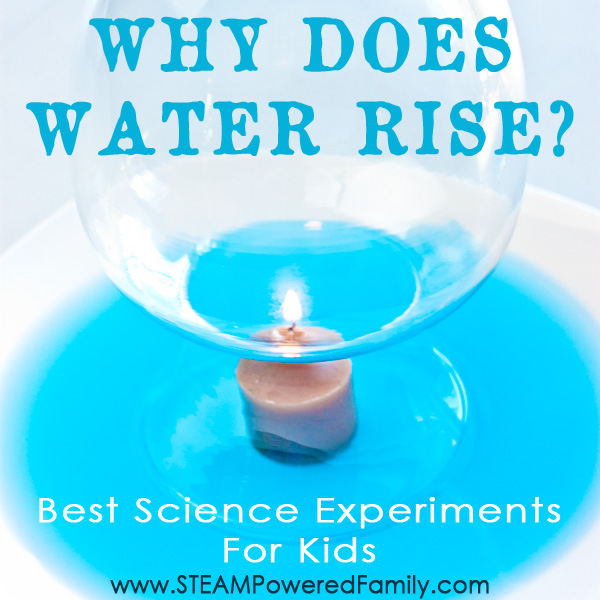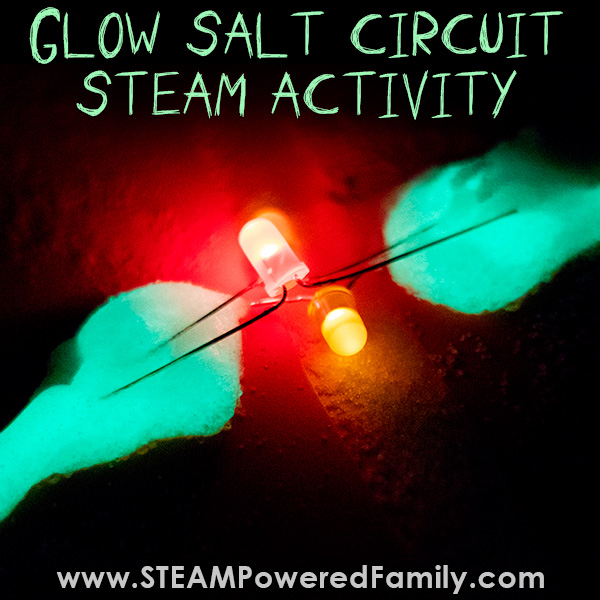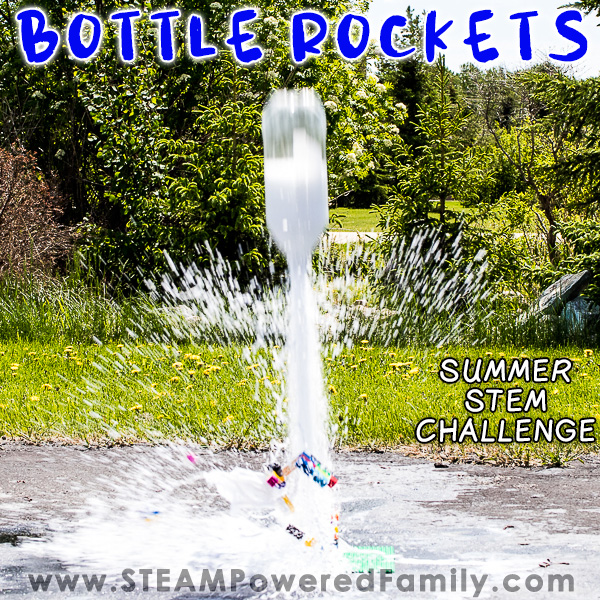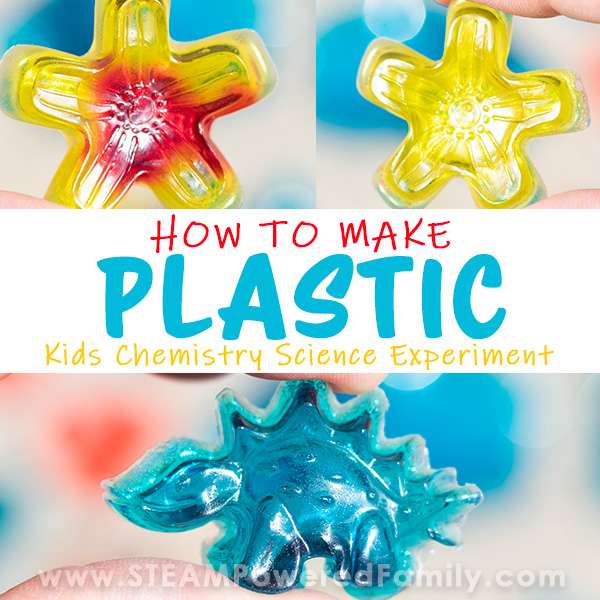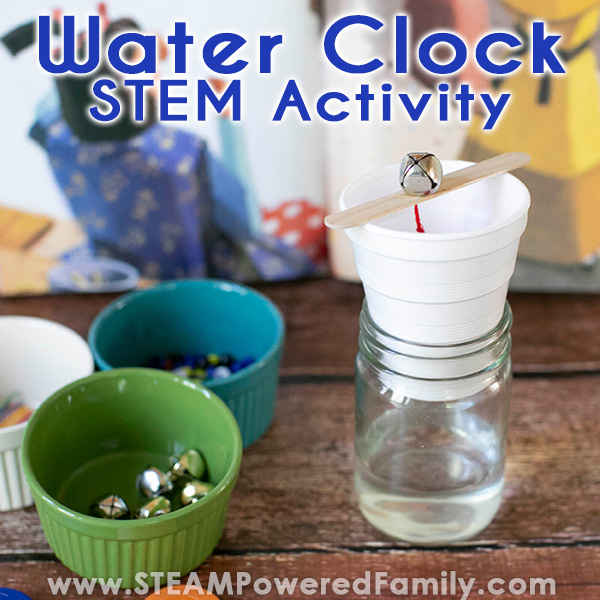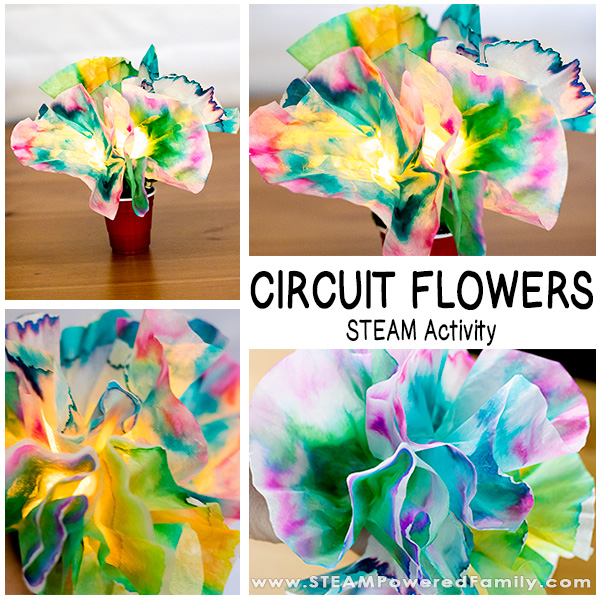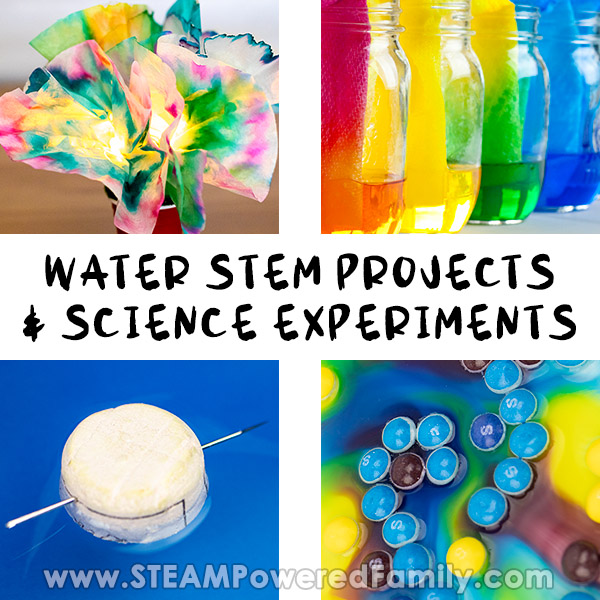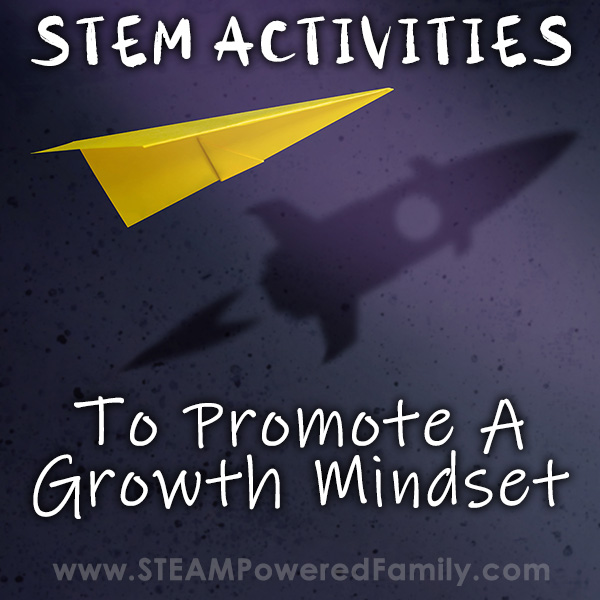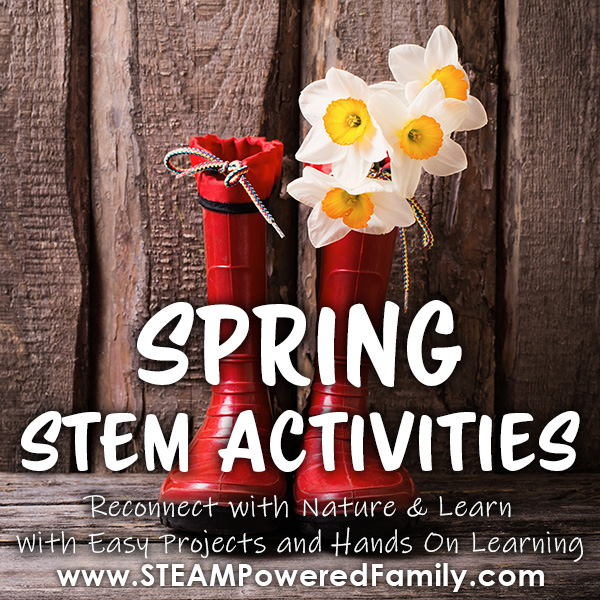Homeschool STEM
Ready to tackle STEM in your homeschool but not sure where to start? Whether you are familiar with STEM or it is a brand new term to you, we want to help you get started on your homeschooling journey with STEM. The benefits of STEM in education are extensive and the career opportunities in STEM grow exponentially every year. With even more people schooling and working at home, now is the time to start working STEM into your homeschool lessons.
How To Homeschool STEM

Disclaimer: This article may contain commission or affiliate links. As an Amazon Influencer I earn from qualifying purchases.
Not seeing our videos? Turn off any adblockers to ensure our video feed can be seen. Or visit our YouTube channel to see if the video has been uploaded there. We are slowly uploading our archives. Thanks!
STEM is a newer educational buzzword. You’ve probably heard teachers, community program coordinators, and the media talking about STEM. As time goes on, it only grows in popularity. Seeming to pop up everywhere.
But what does it mean? Why is it important? What are the benefits of learning STEM for our children, and the future? And how do homeschooling families embrace STEM education and incorporate it into our lives? How does STEM help us raise the next generation to be leaders and change makers?
What is STEM?
STEM stands for Science, Technology, Engineering and Mathematics, but it is much more than the sum of its pillars. We’ve been learning these subjects since kids started walking both ways up hill to school, so how is STEM different? STEM Education combines the 4 pillars (plus Art in STEAM) into an interdisciplinary approach of inquiry and problem-based learning.
In the past we were taught subjects in stand alone silos. You would have a period where you would learn just math. Then a period where you would learn just science.
STEM brings those subjects together and teaches them in the same way we actually use these skills in real life.
This integration is a fundamental change in education that results in students who view our world differently. They approach problems with a powerful combination of knowledge, critical thinking skills, and drive to improve and do better.
Benefits of STEM Education
STEM helps students develop critical thinking skills to solve real world problems, and helps them become lifelong learners. They become competent and able to change with our rapidly changing times.
By learning to approach problems effectively using the scientific method, students gain valuable analytical and information management skills. These skills can be applied to all areas of life.
STEM education is education applies the 4 pillar subjects in an integrated way which reflects how we use this knowledge in real life. It teaches students to think creatively and logically to solve complex problems.
For instance, if you are trying to solve the problem of car pollution, you will need to apply knowledge of science, technology, engineering and math to build a new, more environmentally friendly solution. You will also need to get creative, to find innovative ways to combat the damage done using current methods and mindsets.
With an emphasis on problem solving, inquiry and creativity, students have the chance to move from being consumers to change makers. People who invent, innovate, create and build. Best of all, STEM is hands-on and applied, making it interesting and fun to learn for all students.
STEM Entrepreneurs
STEM education may be the single most important change in history to our education approach.
The future of employment is changing, with more and more people embracing being their own boss. And STEM can make that a reality.
Many of the skills used to successfully launch new businesses are the same as those learned in STEM fields: a willingness to experiment, relying on sound research, logic and evidence, and a focus on creative problem-solving.
For many, designing something that makes life better and bringing it to market could be a much more rewarding path than a job in a corporate setting. It’s also a great time to be an entrepreneur. Thanks to technology and the Internet, there is a minimal cost of entry. Entrepreneurs can experiment with online tools and existing platforms to attract an audience for their creations and ideas.
In 2020, as the world was rocked by a pandemic that kept society at home, we relied on technology and innovation to keep people working and students learning. Creative people applied their STEM skills to make this happen, with many new enterprises and services appearing all around us. In the future, career paths will rely more and more on STEM skills.
The best STEM learning is hands-on and helps students learn to solve problems in fun, meaningful ways. The same is also true of entrepreneurial skills. The sooner we start incorporating some smart business thinking into kids’ education, the more prepared they’ll be for whatever the future throws their way.
Getting Started with STEM
OK, so now it’s time to hit the road and start doing STEM in your homeschool! But where to start?
One of the great things about STEM is that once you start, it will naturally grow and become an integral part of your homeschool. All you need to do is get started.
So first up, here are a few resources for you.
Creating a STEM Lesson Plan
Learn how to build a STEM lesson plan and turn a project into a STEM project. You can also grab our free printable to help you structure your STEM lessons.
Adapting STEM to All Abilities
Students all learn at their own pace and in their own ways. The greatest benefit of homeschooling is that you can individualize lessons to suit your child. If they need something more challenging in science, but easier in math, you can do that! If they struggle with writing, and want to use technology to create digital presentations or video reports instead of essays, you can do that! Or perhaps you have multiple children at different ages. You can adapt STEM for that too! Learn more about how to adapt STEM to help your child succeed.
Free STEM Printables for Homeschool
Looking for some free STEM printables to use in your homeschool? You can check out a great selection here. Plus consider joining the STEAM Powered Family mailing list for even more free educational resources.
Building a Homeschool Tinkerspace
Having a tinkerspace in your home is an amazing way to encourage curiosity, exploration, imagination and self directed learning. It can be done with no budget and doesn’t need to take up a ton of space. Learn more about this incredible tool for homeschooling STEM.
Homeschool STEM Activities
We do STEM activities all the time as part of our homeschool. Over the years a few stand out as favourites. If you are looking for inspiration, checkout these Homeschool STEM activities, challenges and projects to find the perfect one for you!
Still need more? Check out these resources to find some themed STEM Activities for your homeschool lessons, including some great holiday and seasonal STEM.
Don’t stop there, this site is filled with STEM activity ideas for all ages and interests. Use the search function to find your perfect activity!
Homeschool STEM Kits
A great way to take the pressure off of getting started with STEM is to use STEM Kits. There are two different approaches you can take to using STEM Kits.
First you can go with a subscription STEM Kit program. This can be great for the school year as you get a new box each month and some of the subscriptions are set up with full curriculum that builds on the knowledge gained from the previous boxes. Others are great for doing labs and supplementing unit studies.
A couple of STEM Kit subscription programs we love:
- MEL Science & MEL Kids – Fantastic lab based program for learning Chemistry, Physics and Engineering. If you miss having those Chemistry Sets we used to be able to buy as kids, this is the solution! My kids really go nuts over these projects. Plus it has VR! Learn more about MEL Kids we have done here.
- Creation Crate – This kit is heavy into the technology side and is great for teens who want to learn about circuits and coding. It builds on the knowledge gained from previous boxes to provide you with more challenging projects as you advance. Learn more about projects we have done here.
The second approach you can take is to use stand alone STEM Kits that fit with a particular theme, unit study or passion project. These one time purchase kits can be really fun as they tie into something greater for students.
Learn more about our favourite STEM Kits for Homeschooling.
The most important thing about bringing STEM to your homeschool lessons is to do and have fun doing it! Children always learn best when they are engaged and enjoying their lessons. Have fun STEMing!

